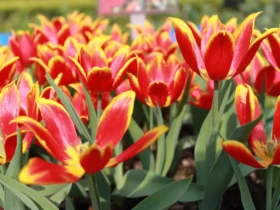In meadows, gardens, and fields, a delicate and unassuming flower catches the eye with its simplicity and charm – the tiny daisy, it is one of the most beautiful flowers in Asia. Despite its diminutive size, this petite bloom holds a special place in the hearts of many nature enthusiasts. In this article, we will explore the world of the tiny daisy, uncovering its characteristics, symbolism, habitat, and the joy it brings as it dots the landscape with its gentle presence.
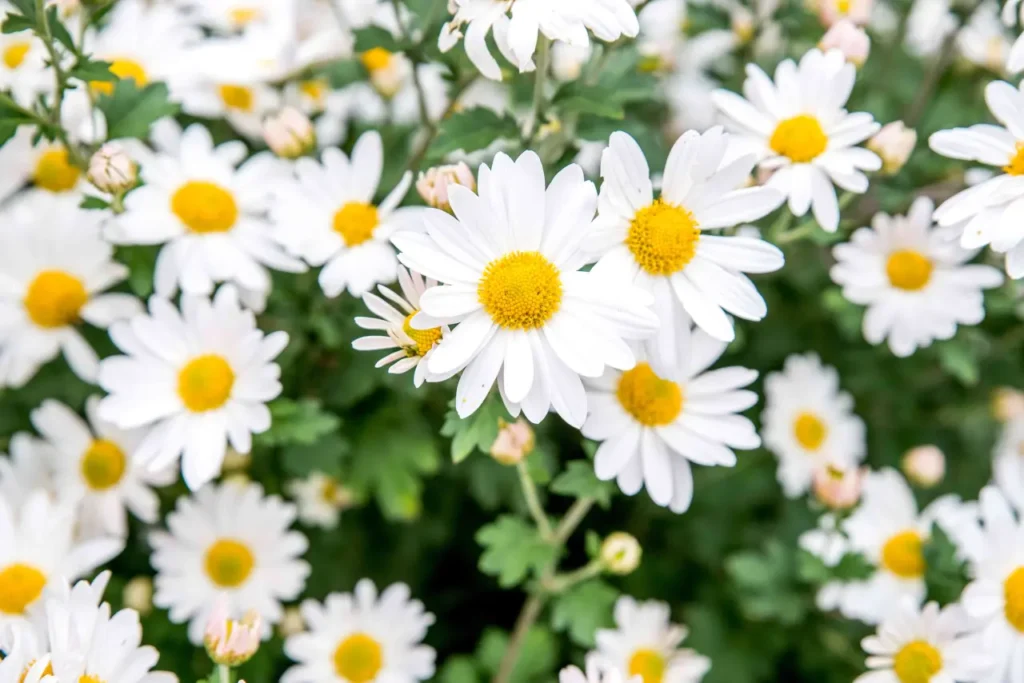
Appearance and Characteristics
The tiny daisy, scientifically known as Bellis perennis, belongs to the Asteraceae family. It is recognized for its miniature size, with its flower heads measuring only a few centimeters in diameter. Each daisy features a yellow center disk surrounded by delicate, white, or occasionally pink, petal-like ray florets. These ray florets are actually individual flowers that collectively form the iconic daisy appearance. The leaves of the tiny daisy are small, spoon-shaped, and often toothed at the edges. The overall effect is one of simplicity and elegance, capturing the essence of nature’s beauty on a small scale.
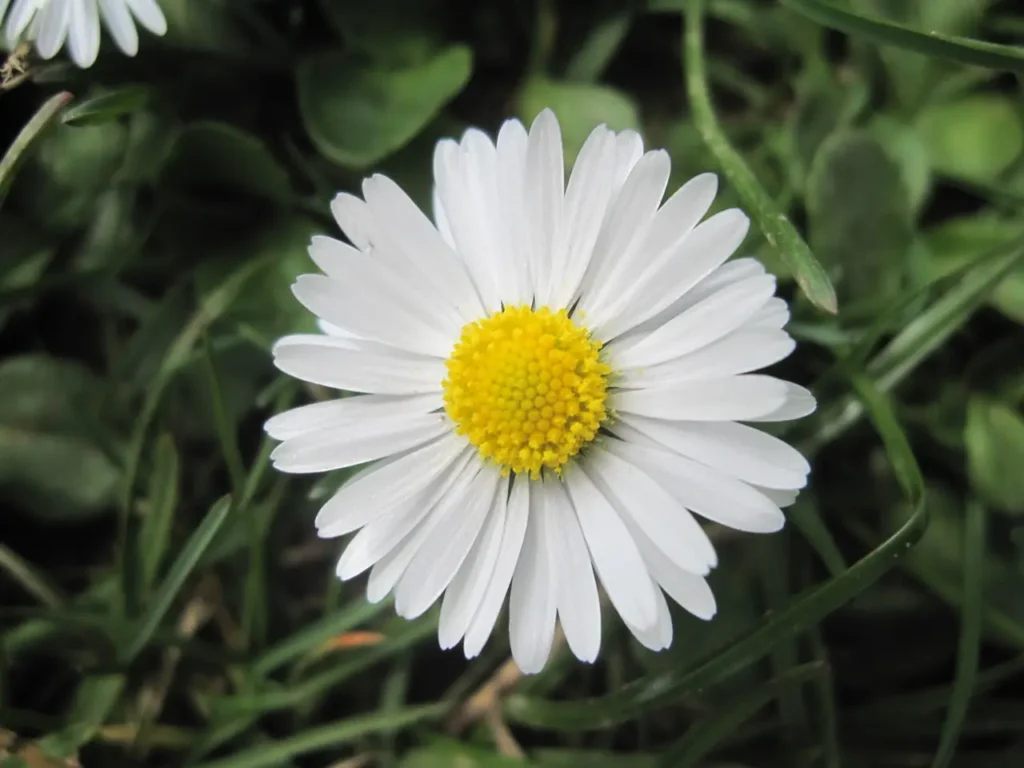
The color of the Tiny Daisy
Tiny daisies, also known as common daisies (Bellis perennis), typically display a classic white coloration. The petals of these small flowers are typically white, while the central disc is yellow. This white and yellow color combination is the most common and recognizable appearance of the tiny daisy. However, it’s important to note that daisies can also exhibit variations in color. Some cultivated varieties or hybrids may have different colors, including shades of pink, red, or even purple. These variations are often the result of selective breeding and may not be seen in wild or natural populations of tiny daisies.
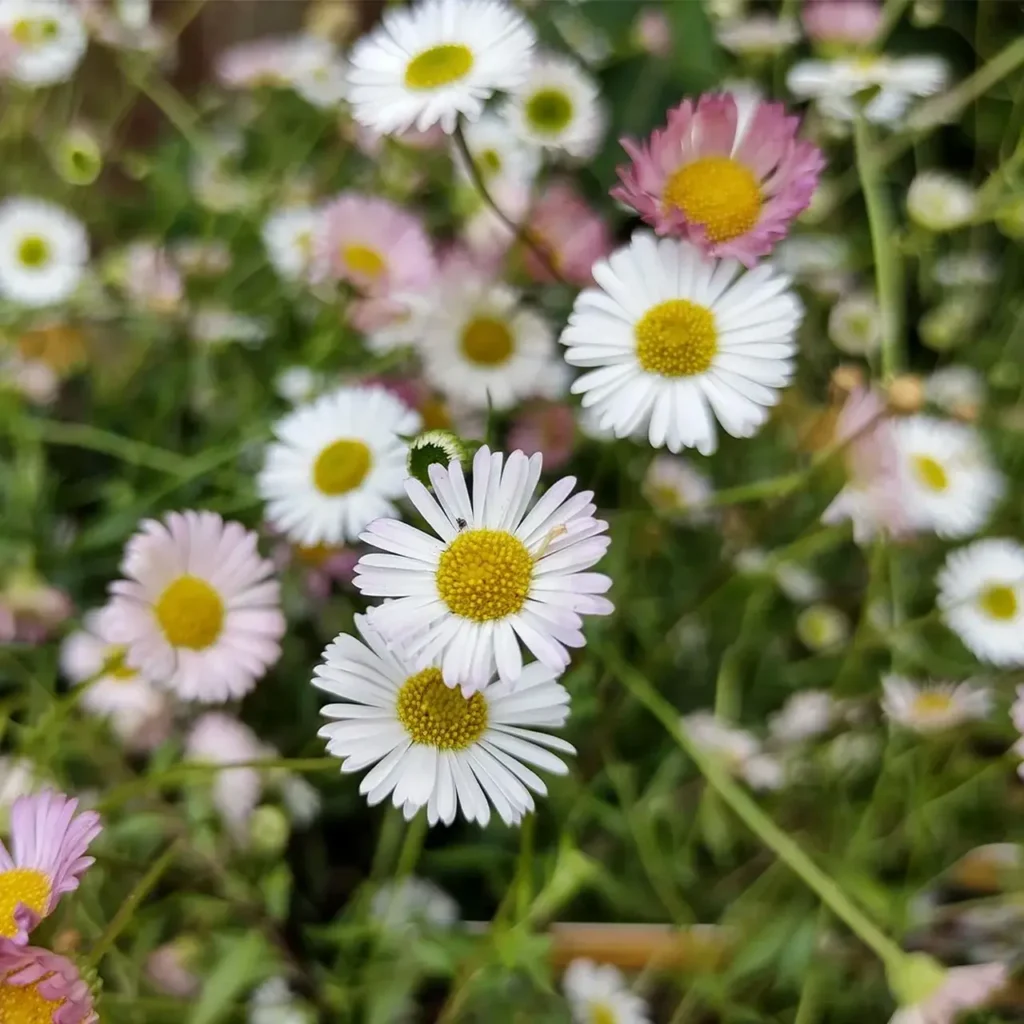
Habitat and Distribution
Tiny daisies can be found in various habitats across the globe, including meadows, fields, lawns, and even rocky areas. They are native to Europe and parts of Asia, but their popularity as ornamental plants has led to their cultivation and spread in many regions around the world. Their adaptability allows them to thrive in diverse climates, from temperate to subarctic zones. Whether in the wild or cultivated in gardens, these resilient flowers bring a touch of charm wherever they grow.
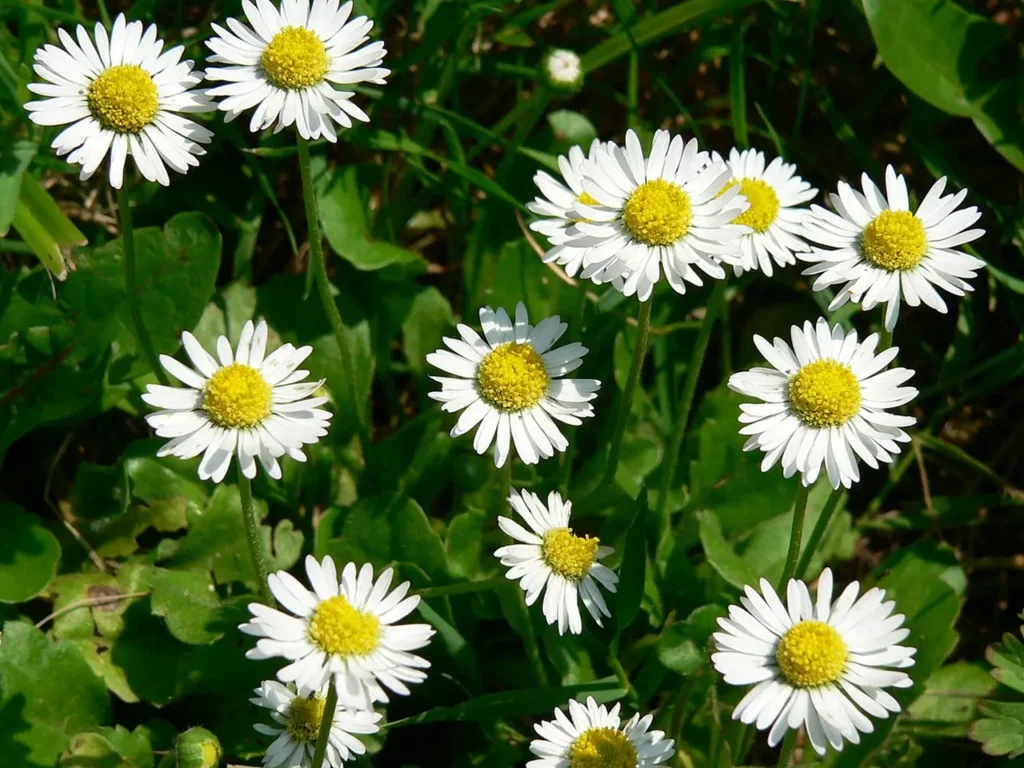
Symbolism and Cultural Significance
Throughout history, daisies have been associated with different symbolic meanings. Commonly regarded as symbols of purity, innocence, and new beginnings, tiny daisies evoke feelings of freshness and simplicity. In folklore, it is said that daisies possess magical powers and were used in love divination and healing rituals. The flower’s resilience, represented by its ability to withstand harsh conditions and quickly bounce back, has also led to associations with endurance and tenacity.
Ecological Importance
Beyond their aesthetic appeal, tiny daisies play a vital role in the ecosystem. They provide a source of nectar for pollinators such as bees, butterflies, and hoverflies. These insects, in turn, aid in the pollination of the flowers, facilitating the production of seeds and contributing to the flower’s reproductive cycle. Additionally, the leaves of the tiny daisy serve as food for certain caterpillars, supporting the lifecycle of various species.
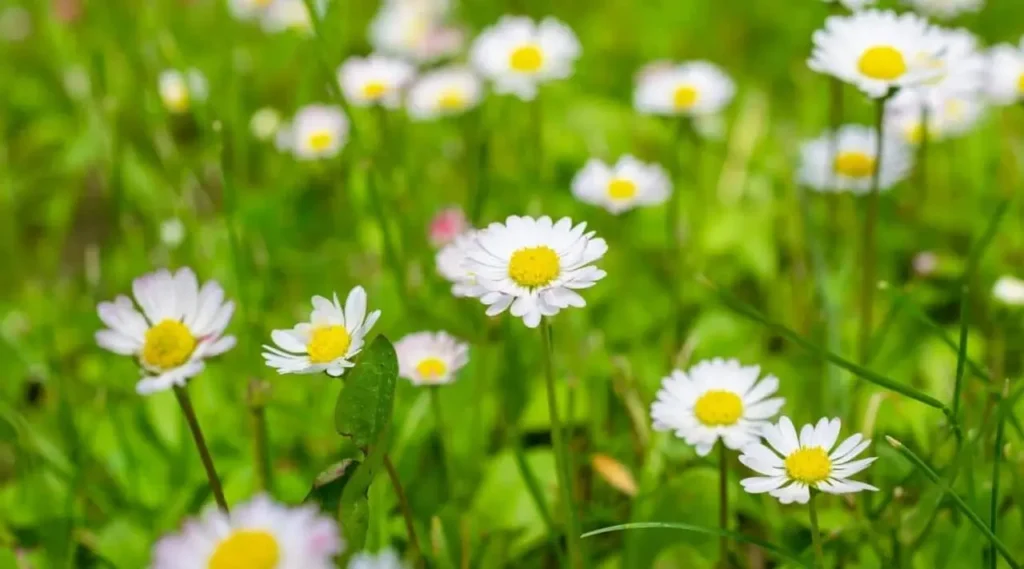
Cultivation and Gardening
Tiny daisies are well-suited for cultivation in gardens and containers. They are often included in wildflower meadow seed mixes or used as a border plant to add a touch of natural beauty. They prefer well-drained soil and a sunny location, although they can tolerate partial shade. These low-maintenance flowers are relatively easy to grow from seeds or transplants and can be enjoyed as annuals or short-lived perennials, depending on the climate.
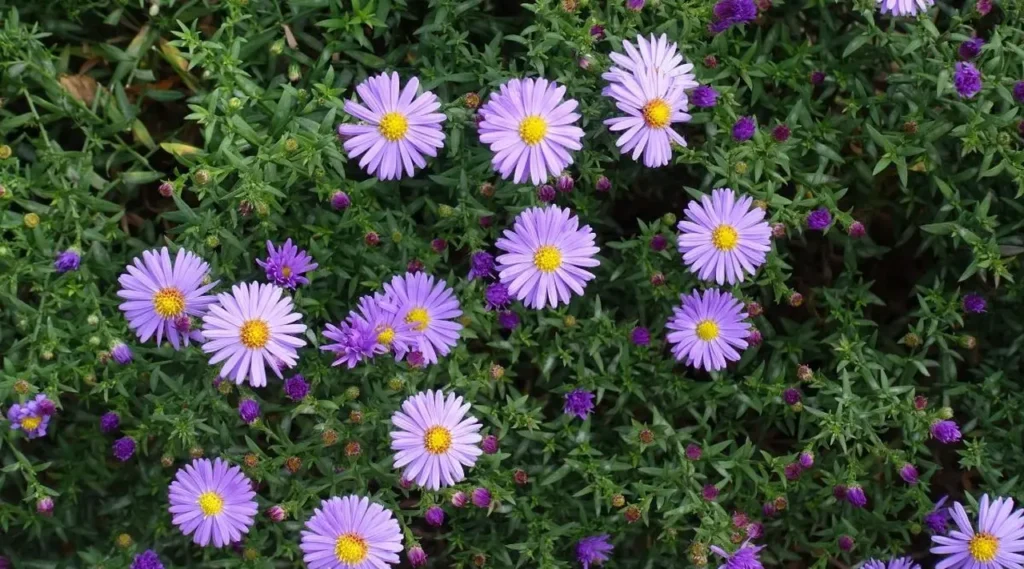
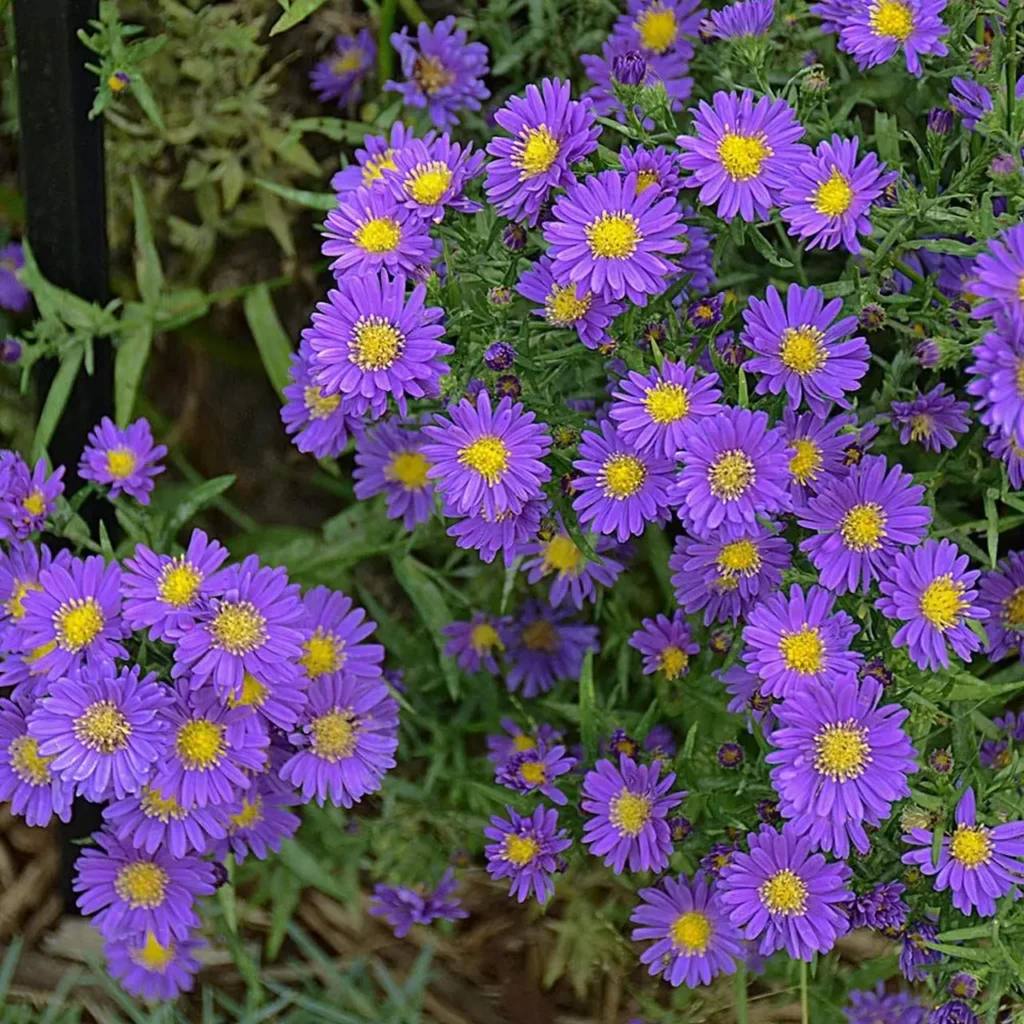
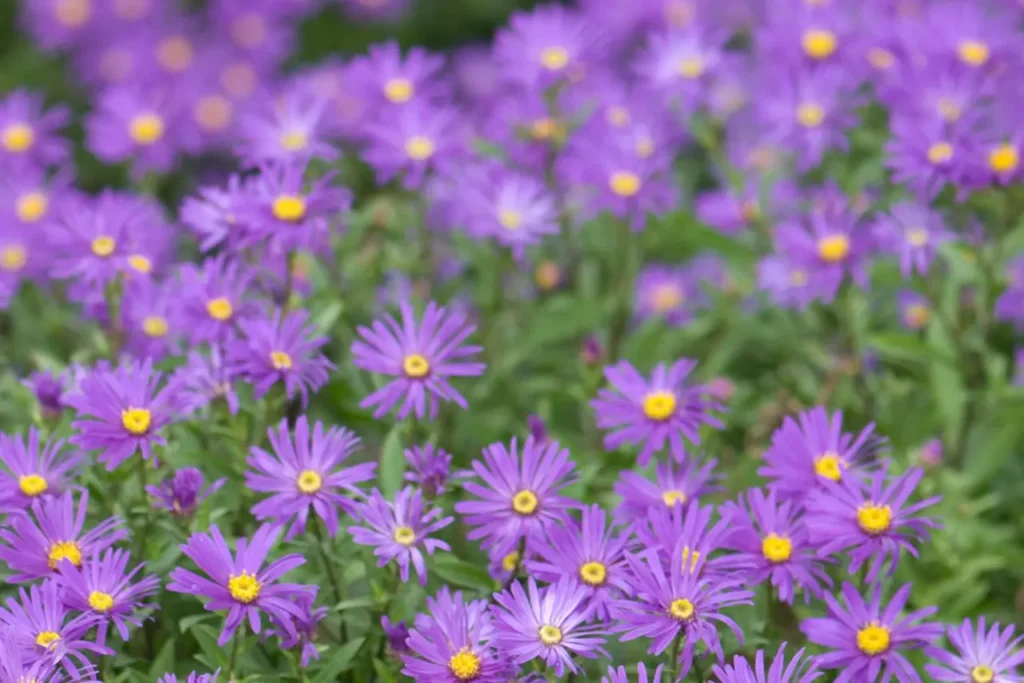
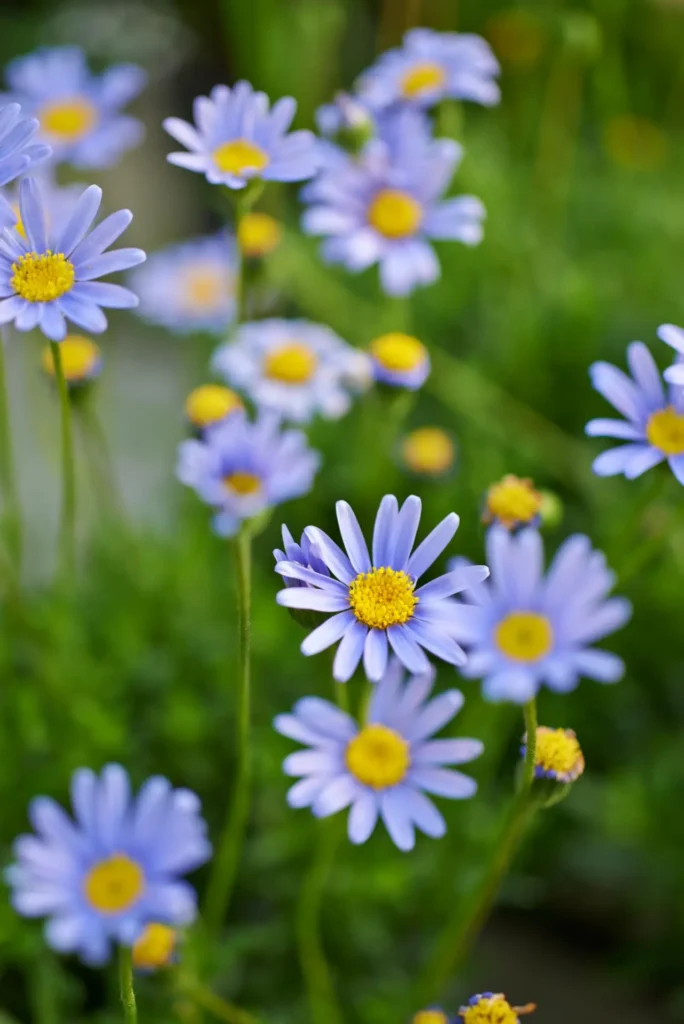
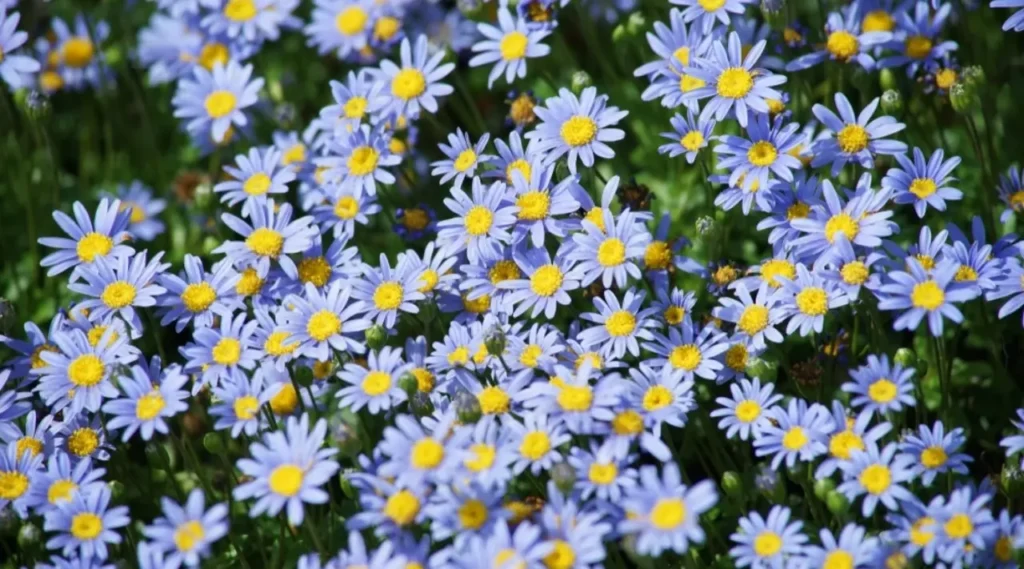
The tiny daisy may be small in stature, but its significance and beauty extend far beyond its size. From its delicate appearance to its symbolic associations, this unassuming flower holds a special place in our hearts and in the natural world. As we marvel at the tiny daisy’s simplicity and resilience, let us appreciate the role it plays in supporting pollinators and enhancing the beauty of our landscapes. In a world that often values grandeur, the tiny daisy reminds us that even the smallest of blooms can bring joy, serenity, and a touch of enchantment to our lives.
